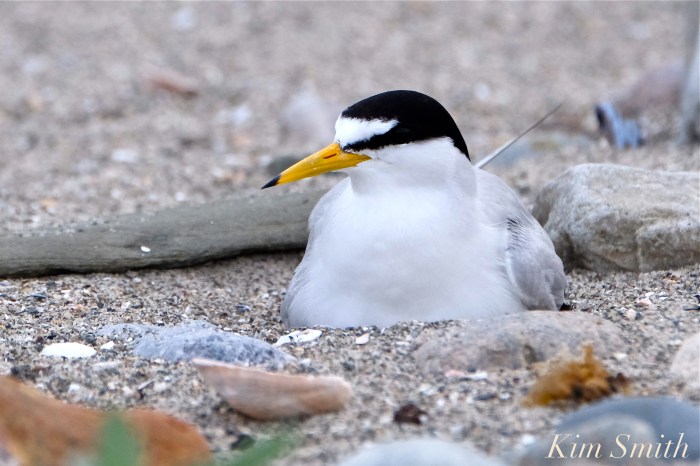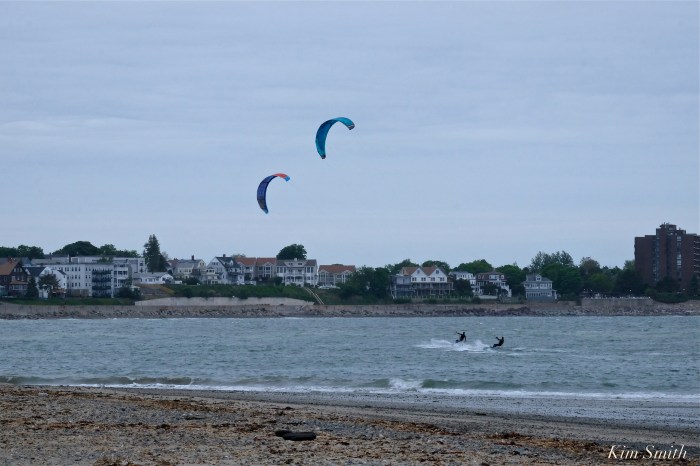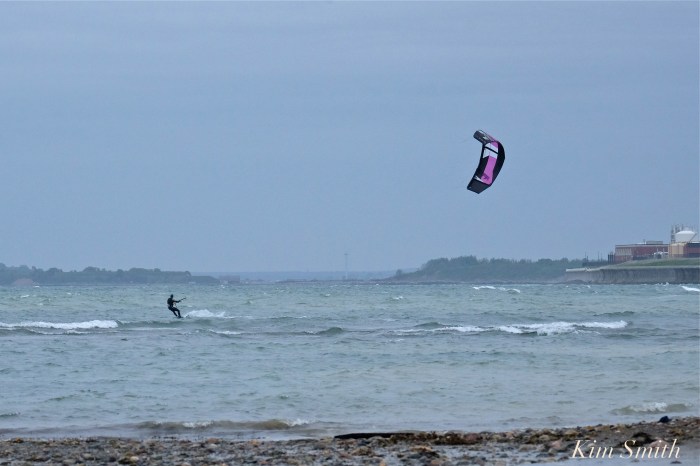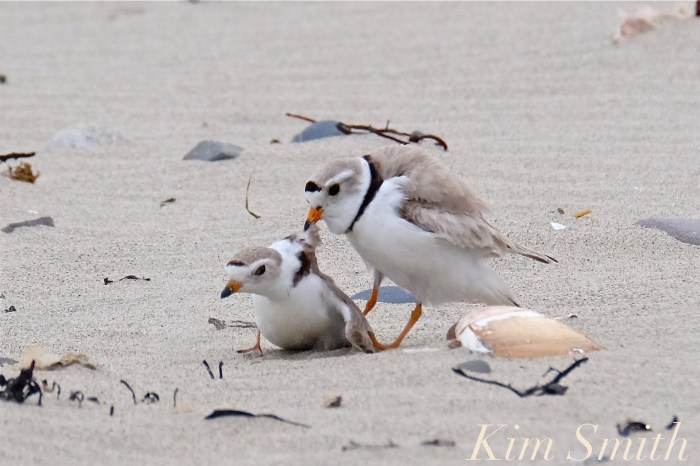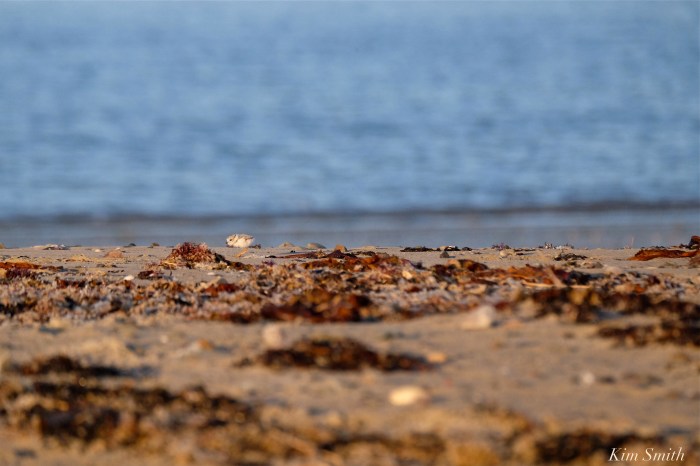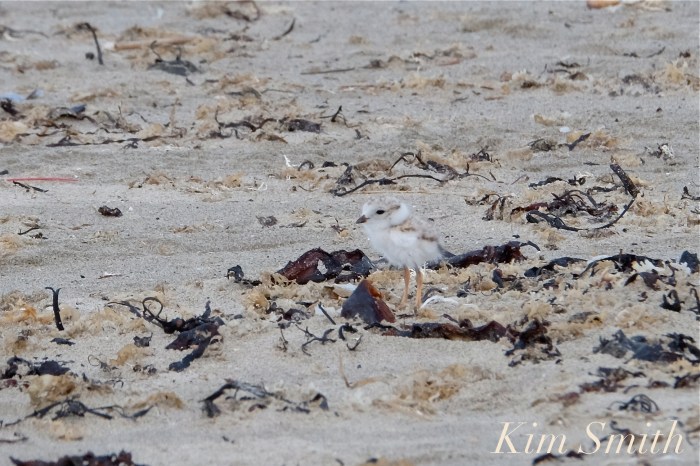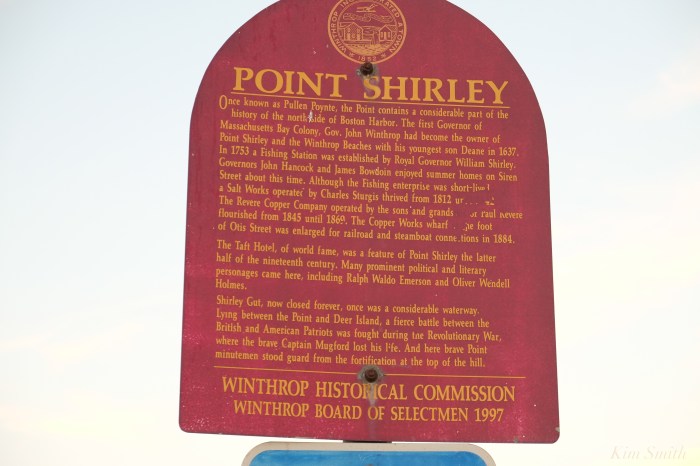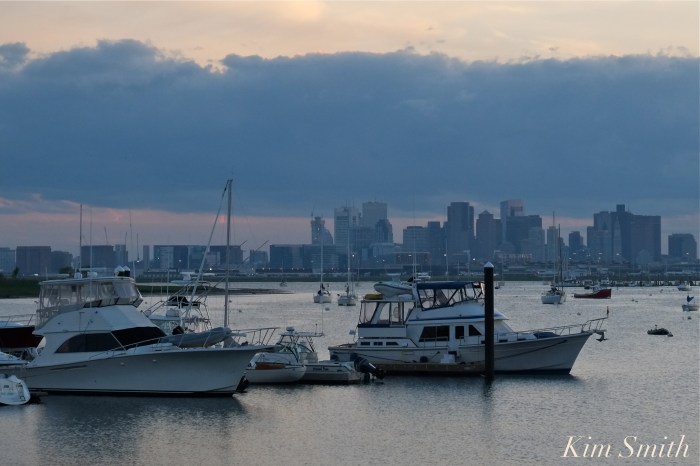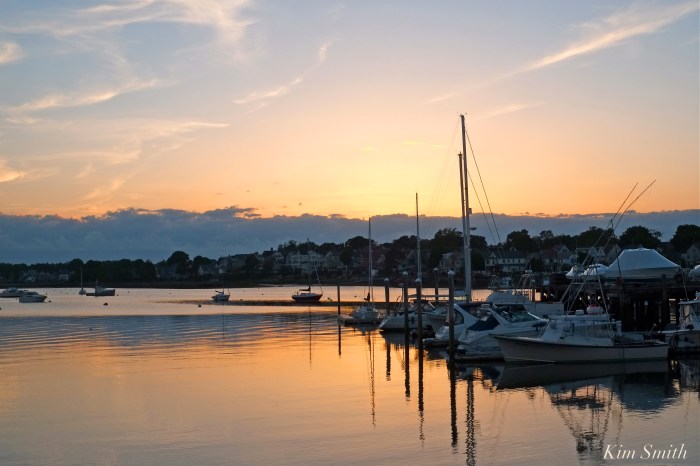Day: June 4, 2018
GMG Treasures: TREASURED AUDIO- CIGAR JOE FRONTIERO TALKS ABOUT FISHING OUT OF GLOUCESTER MA IN THE EARLY PART OF THE 20TH CENTURY
TREASURED AUDIO- CIGAR JOE FRONTIERO TALKS ABOUT FISHING OUT OF GLOUCESTER MA IN THE EARLY PART OF THE 20TH CENTURY PART IV
The family of Cigar Joe Frontiero brings Good Morning Gloucester these treasured recordings of Fishing out of Gloucester MA in the early part of the century. I’m happy that the family entrusted GMG with these priceless recordings and am proud to be able to have the platform in which we can archive and share with the community.
Thank you to the family of Cigar Joe Frontiero

Cigar Joe Frontiero born in 1898 these tapes were recorded in 1981 when he was 83 years old.
Click here or the arrow below to listen to the recording
The history behind the tapes: Someone had asked Cigar Joe for an interview for an oral history project but Cigar Joe decided to do the recording himself. At the time he was having trouble with circulation in his legs and spent most of the time at home so he bought a tape recorder. He had trouble with the tape recorder and threw all of the tapes away. His mailman took the trashed tapes, spliced them, and made copies. He gave Cigar Joe copies and kept backups (with Cigar Joe’s consent) in case the originals were lost. This occurred in 1981.
For The Other Parts Of This Series-
Treasured Audio-Gloucester History Cigar Joe Talks About Smuggling Liquor In the Early Part of The Twentieth Century Part 1
Treasured Audio-Gloucester History Cigar Joe Talks About Fishing In the Early Part of The Twentieth Century Part II
Treasured Audio- Cigar Joe Frontiero Talks About Fishing Out Of Gloucester MA In The Early Part Of The 20th Century Part III
Look for part V of VI April 13th and 16th
DEBUNKING PIPING PLOVER MYTH #4, WINTHROP BEACH IS AMAZING, AND LOTS OF SEX ON THE BEACH
DEBUNKING PIPING PLOVER MYTH #4, WINTHROP BEACH IS AMAZING, AND LOTS OF SEX ON THE BEACH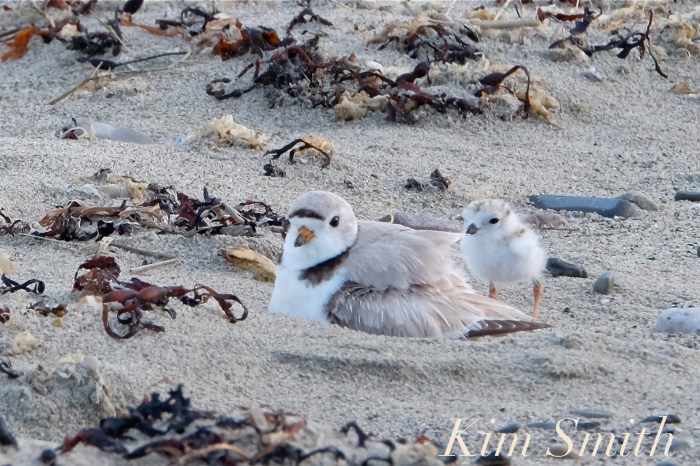
Piping Plover Mama and Chick, Winthrop Beach
Recently an “Anonymous” person made a comment on the post “Heartbreaking to See the Piping Plovers Nesting in the Good Harbor Beach Parking Lot.” The name Anonymous is placed in quotes, because the commenter is so oddly uninformed and factually incorrect, I am wondering if an actual Winthrop resident even wrote the comment. Anyway, here is the comment:
“I live in Winthrop. One pair nested on Winthrop Beach about 6 years ago. Now there are 7 nesting pairs. 80% of the beach is now roped off for the plovers. They are rarely successful and keep trying to breed until August. Gloucester needs to determine whether it would like the income from parking or a successful plover population on one of its nicest recreational beaches. I was at Good Harbor the other day and it appears that there is not much of a sandy beach left to use. I realize the birds are endangered and federal law protects them. Gloucester may have to by law pay for 24 hour security like they do in Plymouth.”
Just like the towns of Gloucester and Revere, Winthrop has a beautiful beach (officially named Winthrop Shores Reservation), which within the last decade has become home to nesting shorebirds. Both Revere and Winthrop beaches are managed by the Massachusetts Department of Conservation and Recreation (DCR) and both Revere Beach and Winthrop Beach have been on my to do list of places to visit to learn how other communities in Massachusetts manage their nesting shorebird populations.
Revere and Winthrop Beaches are relatively narrow at high tide, similar to Good Harbor Beach, and both beaches run adjacent to densely populated urban neighborhoods. I have been making good use of my commute from Cambridge and Boston to Gloucester this spring by regularly visiting Revere Beach, and have now added Winthrop Beach. I am so glad that I did! Go to Winthrop Beach if you have never been, or haven’t been in recent years. It is a delight in every way. Visitors sunbathe, picnic, windsurf, paddle board, ride bikes, hold hands, walk their babies, and do all the things visitors do at our Gloucester beaches. You don’t need a sticker to park, and parking is free, if you can get a spot along the main thoroughfare.
Winthrop Beach wasn’t always beautiful. Over the course of the past one hundred years, the devastating effects of pollution and erosion had washed the sand off shore, causing the beach to dip twenty feet below the seawall in some areas. This meant that every time there was a major storm, the waves were not slowed by a gradually inclining beach, but instead slammed into the seawall, flooding streets and homes, and further eroding the foundation of the seawall.
Despite this, in 2008, two pairs of Piping Plovers began nesting at Winthrop Beach. Not only has Winthrop Beach become home to nesting PiPls, at least ninety pairs of Least Terns (Sternula antillarum), a similarly threatened species of shorebirds, have also begun to nest there. The endangered Red Knot (Calidriss canutus), along with a locally nesting pair of American Oystercatchers (Haematopus palliates) forage at Winthrop Beach as well.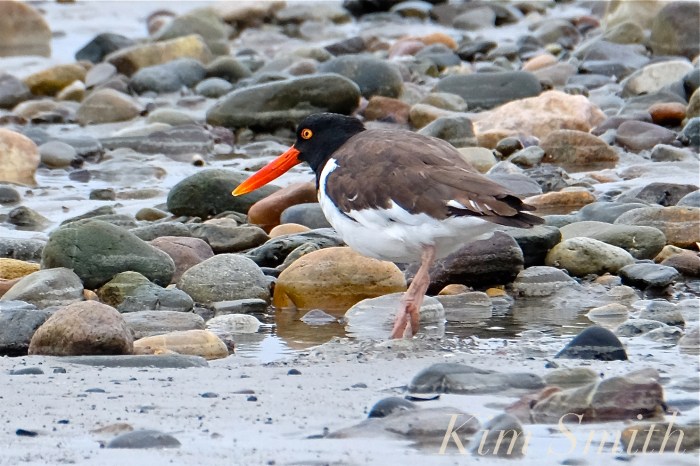
One half of Winthrop’s resident American Oystercatcher breeding pair.
Winthrop Beach is in the midst of a 31 million dollar restoration project. To renourish the beach, 500,000 cubic yards of sand have been distributed along the one-mile stretch, the seawall has been rebuilt, improvements to beach access and amenities have been made, road repairs to Winthrop Shore Drive completed, sidewalks widened and made handicap accessible, and gorgeous new lighting is being installed.
During the Winthrop Beach major renovation project, care was taken to protect the Piping Plovers and by 2017, the population had quadrupled. Unfortunately, despite the community’s best efforts, 2017 was an unusually bad year. No chicks fledged due to predation by a male American Kestrel. The Kestrel was subsequently captured and moved to the western part of the state.
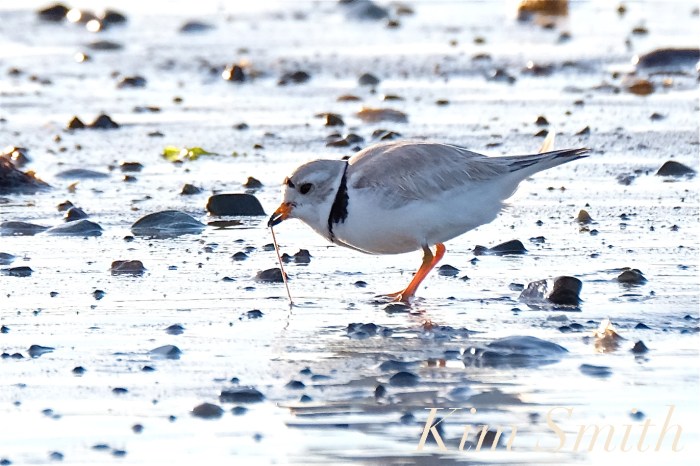 Massachusetts holds about 30 to 40 percent of the world’s population of Piping Plovers. It is a testament to our clean beaches and water. The Piping Plover’s diet consists of invertebrates and insects, and both require a clean environment.
Massachusetts holds about 30 to 40 percent of the world’s population of Piping Plovers. It is a testament to our clean beaches and water. The Piping Plover’s diet consists of invertebrates and insects, and both require a clean environment.
From my observation during the past several weeks, there are only two roped off areas; one small, similar in size to GHB nesting area #3, and the other, about three times larger. The thing is, the large area is comprised of a restricted dune restoration project and the other part is filled with popples and cobbles, not in the least an ideal location to sunbathe or picnic. There is a wide sandy area in the center of the beach for recreation. Each time that I have been there, including the Saturday afternoon of Memorial Day weekend, there were very few people on the beach. The only people I had a free moment to speak with, a group of young women that live directly across from the cordoned off area, said they LOVE that their beach is home to the nesting shorebirds. The point is, just as exists at Good Harbor Beach, there is plenty of room to share the shore.
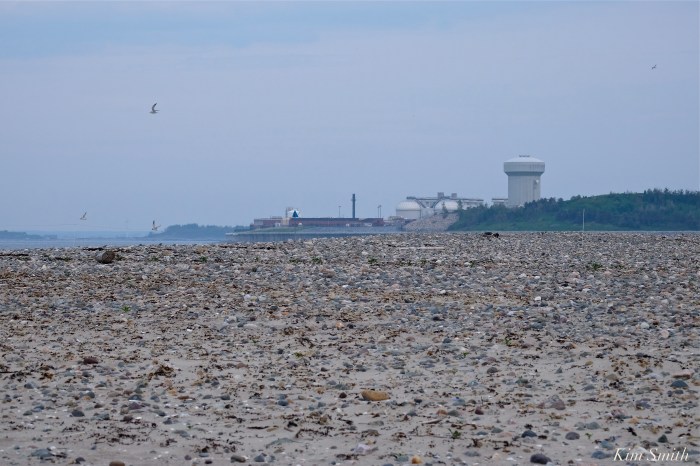 The shorebird nesting area is pebbly and part of a dune restoration project.
The shorebird nesting area is pebbly and part of a dune restoration project.
The “Five Sisters” breakwater area is well loved by windsurfers and paddle boarders as well as a favored habitat by foraging shorebirds.
 Beautiful Beach Pea (Lathyrus maritimous) growing in the restored dune/shorebird nesting area.
Beautiful Beach Pea (Lathyrus maritimous) growing in the restored dune/shorebird nesting area.
 Access to Winthrop Beach is restricted by what appears to be a complete lack of public parking. Even with no one on the beach, it has been difficult to find a spot to park on the main drive along the beach, and it is not yet summer time.
Access to Winthrop Beach is restricted by what appears to be a complete lack of public parking. Even with no one on the beach, it has been difficult to find a spot to park on the main drive along the beach, and it is not yet summer time.
On my first visit to Winthrop Beach, the timing could not have been more perfect. Least Terns and Piping Plovers were mating like crazy. It was wonderful to observe both species mating dances and rituals, and both are unique to each other. I’ll post more about the Least Terns courting, essentially “sex in exchange for fish,” as it was so terribly funny to observe.
Least Terns Mating. Males offer a minnow to a prospective female. She will allow him to mount her while simultaneously taking the fish although, sometimes the females take the fish before mating and fly off.
I’ve been back several times since and have seen some courtship displays, but nothing like the free for all of the first visit. There was however a newly hatched Piping Plover family of four tiny little chicks. And one of the pairs of Piping Plovers that I had observed mating is now nesting!
Piping Plovers Mating 1) The male’s high stepping dance, asking the female if she is interested. She says yes by positioning herself with her rear end tilted upward. 2) He dances on her back. 3) The Plovers join cloaca to cloaca 4)Invariably, love making ends with a not too nice sharp nip from the male.
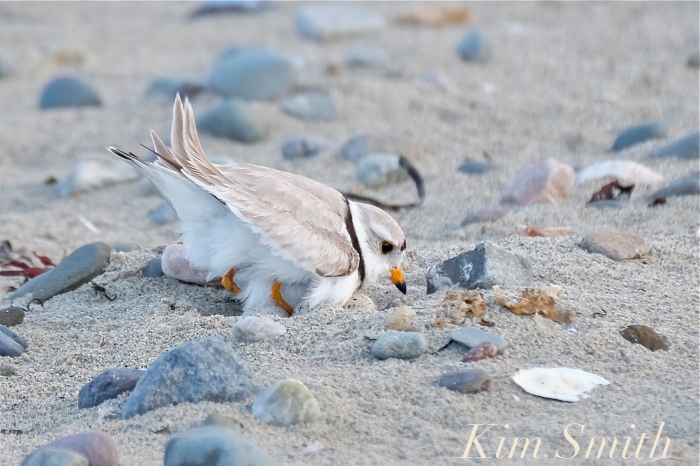 The mating pair are now nesting, with at least three eggs in the nest!
The mating pair are now nesting, with at least three eggs in the nest!
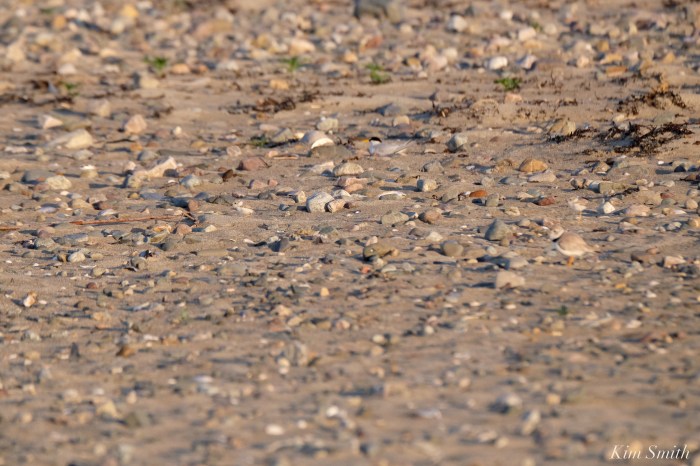 Camouflaged! Can you spot the four birds in the above photo?
Camouflaged! Can you spot the four birds in the above photo?
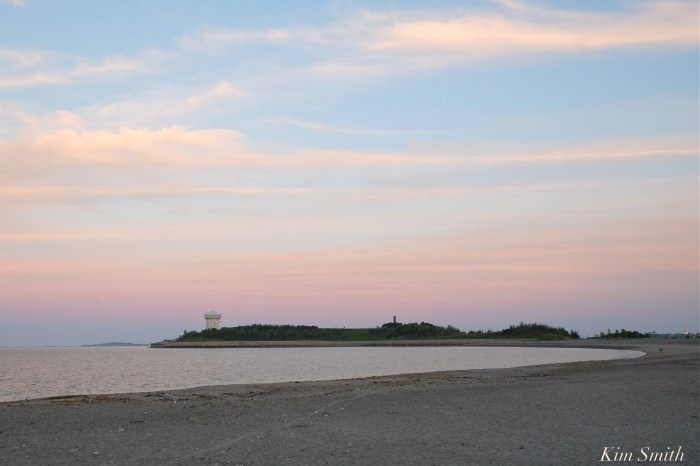 Just south of Winthrop Shore Reservation is Winthrop’s Yirrell Beach and it is home to several nesting Piping Plover pairs, as well as a pair of nesting American Oystercatchers.
Just south of Winthrop Shore Reservation is Winthrop’s Yirrell Beach and it is home to several nesting Piping Plover pairs, as well as a pair of nesting American Oystercatchers.
Point Shirley and Crystal Cove with views of the Boston skyline.
Check Out This Barbacoa Recipe From Mike Lang @anotherpintpls
Recipe here
I plan to try this today with one modification (well since I don’t have banana leaves readily available maybe two). I’ll keep you posted. Thanks Mike!
This bench and view make you want breath and relax

Gloucester High School Class of 2018 Promenade Video
SHOUT OUT AND THANKS TO GLOUCESTER’S DPW JOE LUCIDO, CONSERVATION AGENT KEN WHITTAKER, AND GREENBELT’S DAVE RIMMER
Early this morning seaweed was collected from the beach and spread in a small area next to Piping Plover’s roped off area. The purpose of the seaweed is to help the PiPl find nourishment once the chicks hatch. There are lots of teeny weeny insects that live in the gravel and grassy areas of the parking lot, and the seaweed will attract even more. 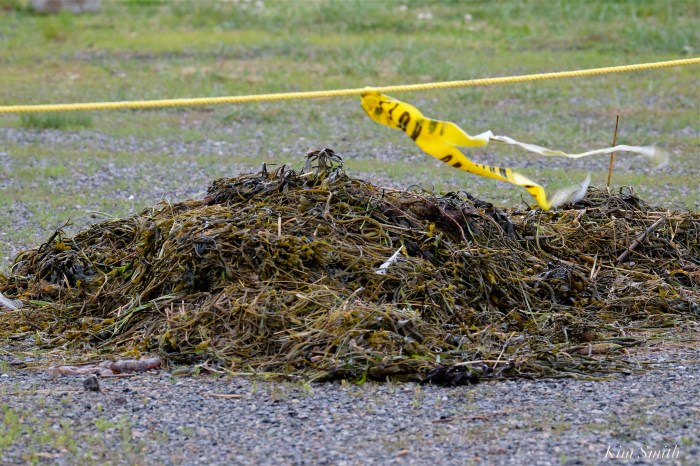
UPCOMING CITY MEETINGS RELEVANT TO THE ISSUE OF DOGS ON BEACHES DURING SHOREBIRD NESTING SEASON
 Mama Piping Plover leaving the nest for a few moments to change places with Papa Plover
Mama Piping Plover leaving the nest for a few moments to change places with Papa Plover
Thursday, June 7th, the Animal Advisory Committee is meeting at City Hall, 3rd floor, at 6:30pm.
On the Agenda:
- Open discussion for public comments.
- Approval of meeting minutes 5/17.
- Committee elections.
- Piping Plover protections
- Review new facts/research.
- Dog leash ordinance – to vote.
- Education/awareness.
- Upcoming event planning.
- CAAA Rescue Reunion.
- Crab beach plunge.
- Pet food drive.
- Massachusetts laws in legislative review.
Animal Advisory Committee update from the Piping Plover meeting held May 17, 2018:
We will have a continuation of the plover discussion during our June 7th meeting; in the meantime, fact-finding and ongoing discussion with experts will be conducted as well as creation of a volunteer group or team for beaches. We will likely make final recommendation on dog & wildlife ordinances by July 2018.
Also, tonight, June 4th, is an Ordinance and Administration Committee meeting at City Hall, 1st floor, from 6pm to 8pm. I have never been to an O and A meeting, but plan to attend to learn more about how the process works.
 Parking Lot Piping Plovers, driven off the beach in April by the unrelenting interruption from dogs during courtship and nesting building in the roped off areas at Good Harbor Beach.
Parking Lot Piping Plovers, driven off the beach in April by the unrelenting interruption from dogs during courtship and nesting building in the roped off areas at Good Harbor Beach.
 Parking Lot Papa waiting to change places with Mama
Parking Lot Papa waiting to change places with Mama
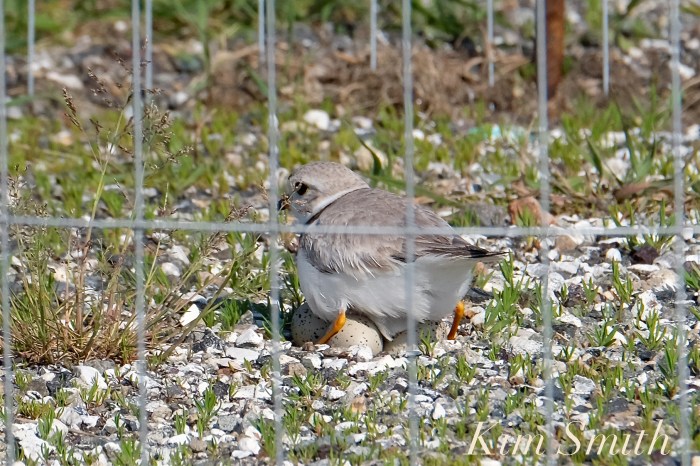 Giving the eggs a little turn with her feet and then settling back down on the nest.
Giving the eggs a little turn with her feet and then settling back down on the nest.
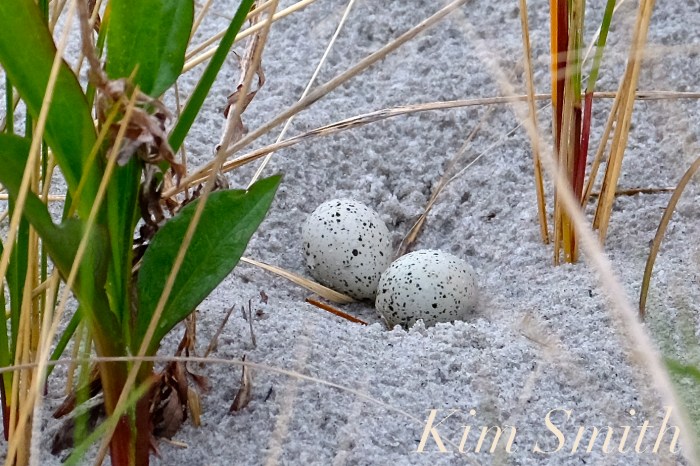 Piping Plovers would much prefer to nest on the beach. The Good Harbor Beach parking lot is the location of “last resort.”
Piping Plovers would much prefer to nest on the beach. The Good Harbor Beach parking lot is the location of “last resort.”
Link to post about GHB PiPl nesting in the parking lot.
Gloucester’s ABC of Businesses–Apparel, Bakery and Cab
Gloucester Smiles-with White Beards
Video launch of Viking Boat Polaris
I was technically challenged yesterday trying to get this video loaded but here is the launch for your viewing pleasure. Happy Monday!
Old, New, and Blue
The beautiful Beauport Hotel and historic greasy pole taken from an evening cruise with Steve Douglass of Cape Ann Harbor Tours on Friday evening.

Friday June 8 is “Welcome to Amateur Astronomy” night at GAAC!
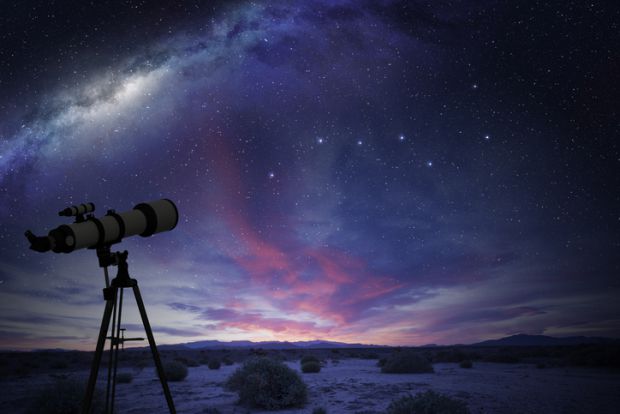
Friday night, June 8, is the Gloucester Area Astronomy Club’s “Welcome to Amateur Astronomy” night!
This annual event is always a GAAC favorite. We’ll be featuring a group of quick, 10-15 minute presentations on topics of interest to anyone interested in pursuing astronomy, as well as a roomful of different binoculars and telescopes to inspect and ask questions about, and all the great conversation and goodies you’ve come to expect at GAAC meetings.
You’ll be able to find out more about what you need to get started, how to do astrophotography, places to shop and how much to spend, what you’ll be able to see, the advantages of different telescope optical designs and brands, and much much more.
If the weather cooperates we can step outside after the meeting and look around a bit with some of the scopes. Jupiter’s up!
You’re invited — see you there!
GAAC members meet…
View original post 80 more words



























